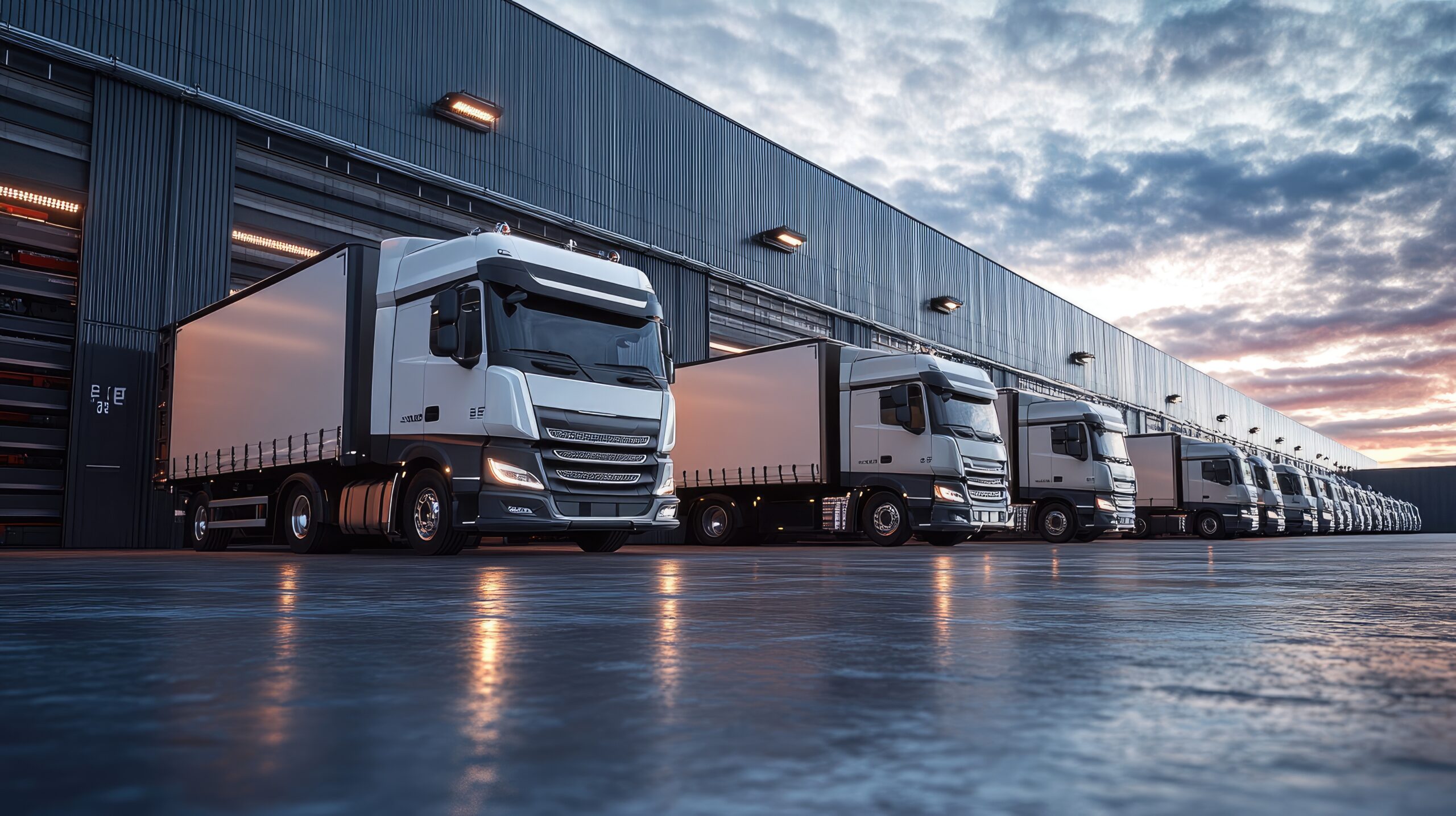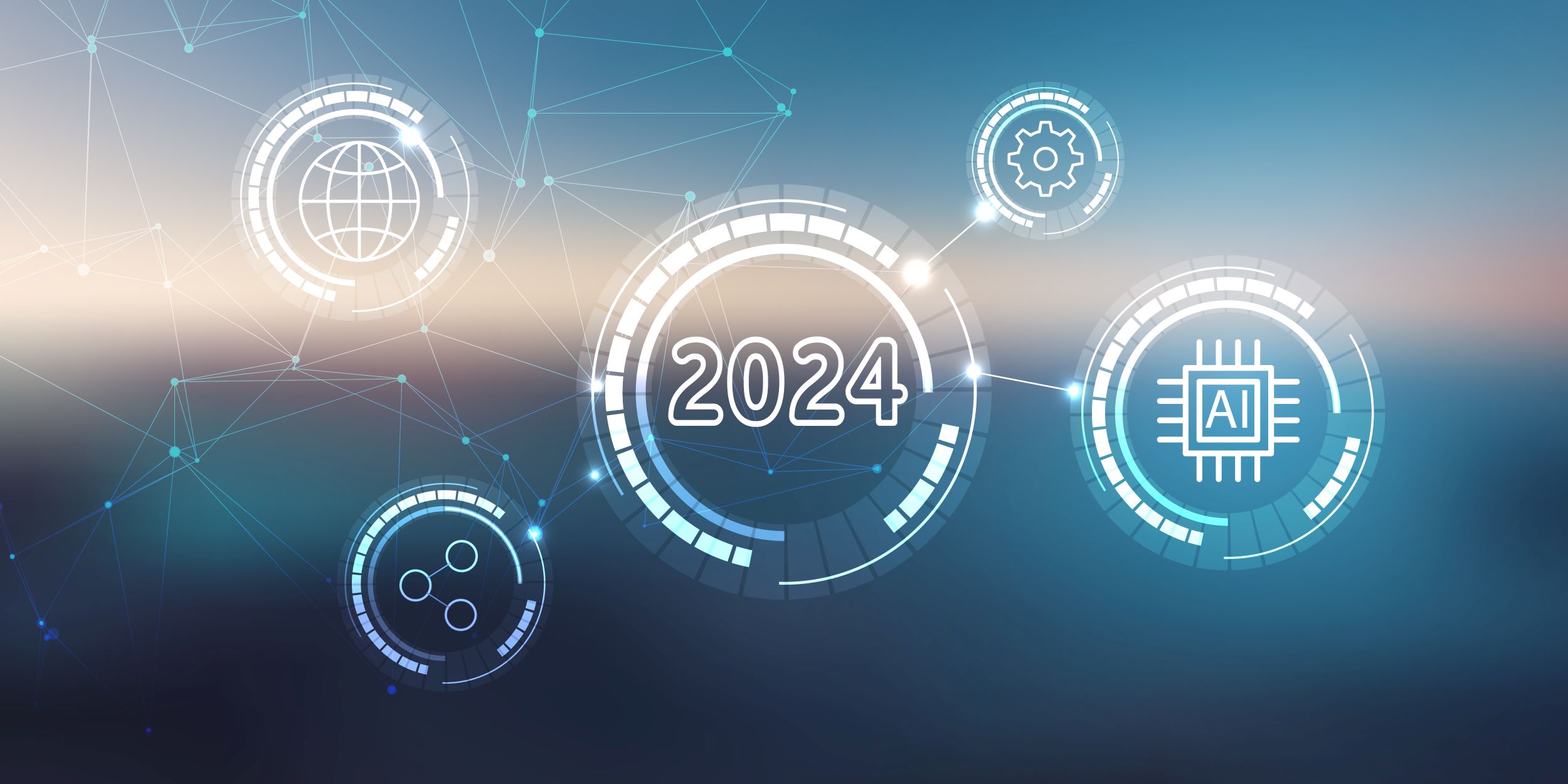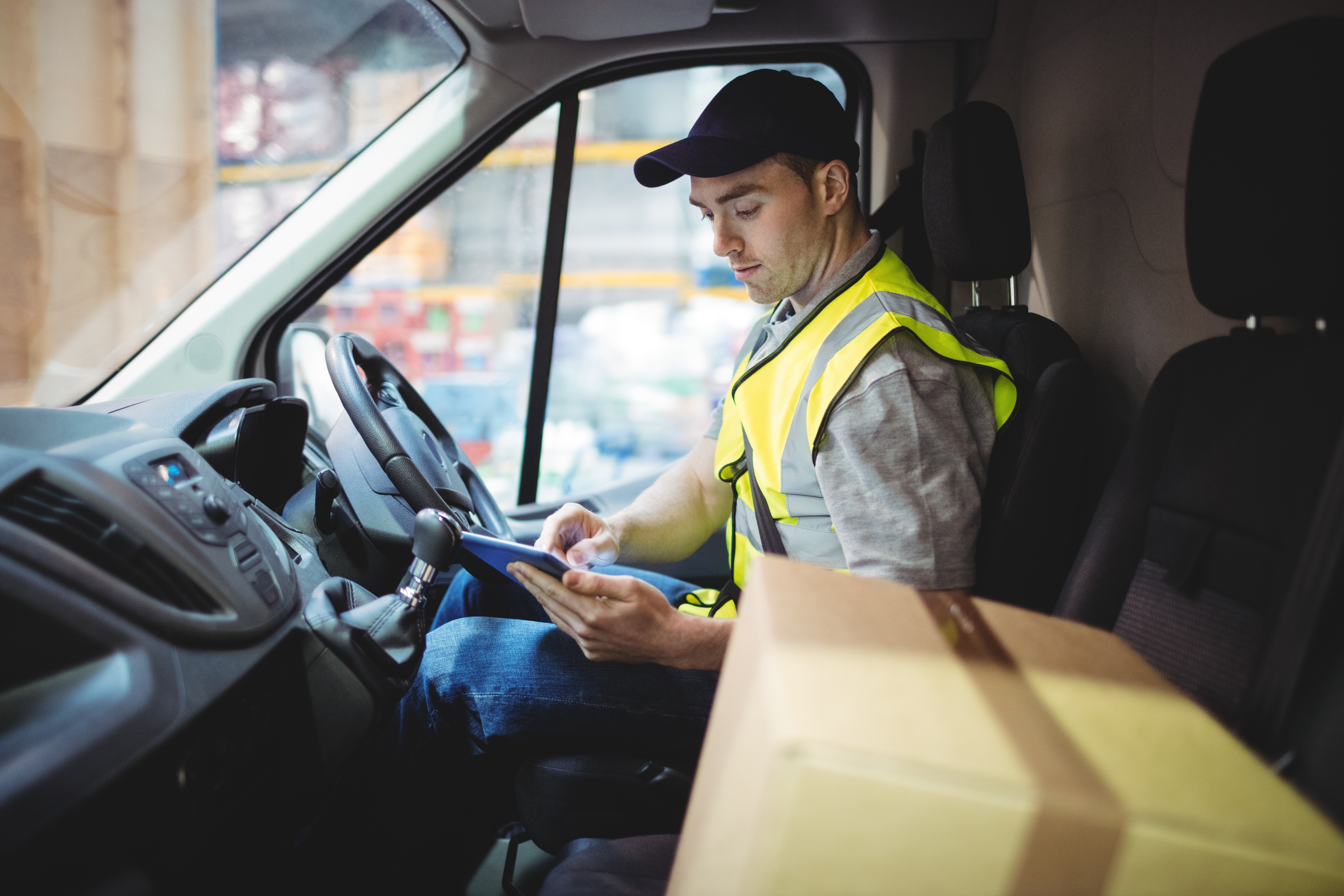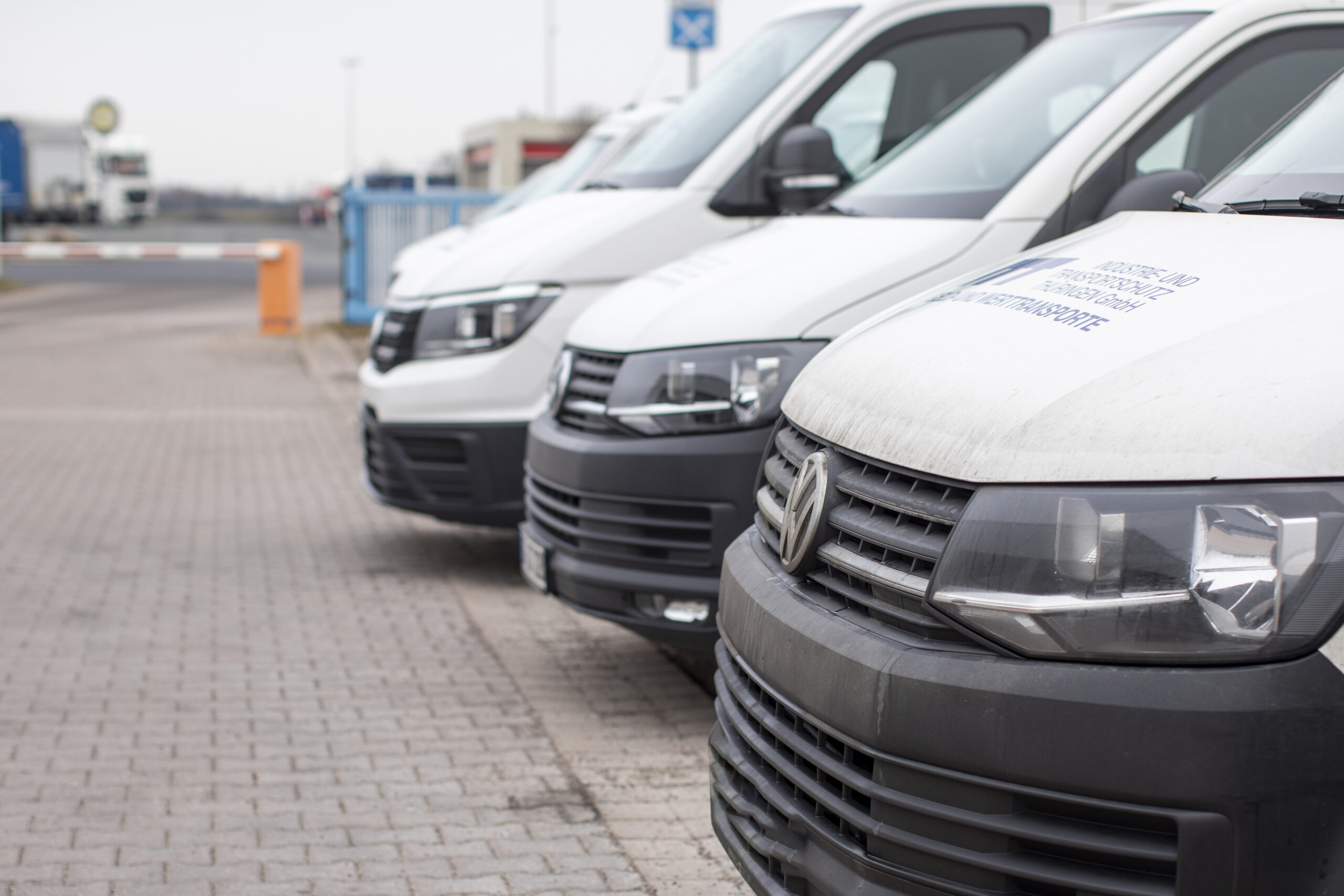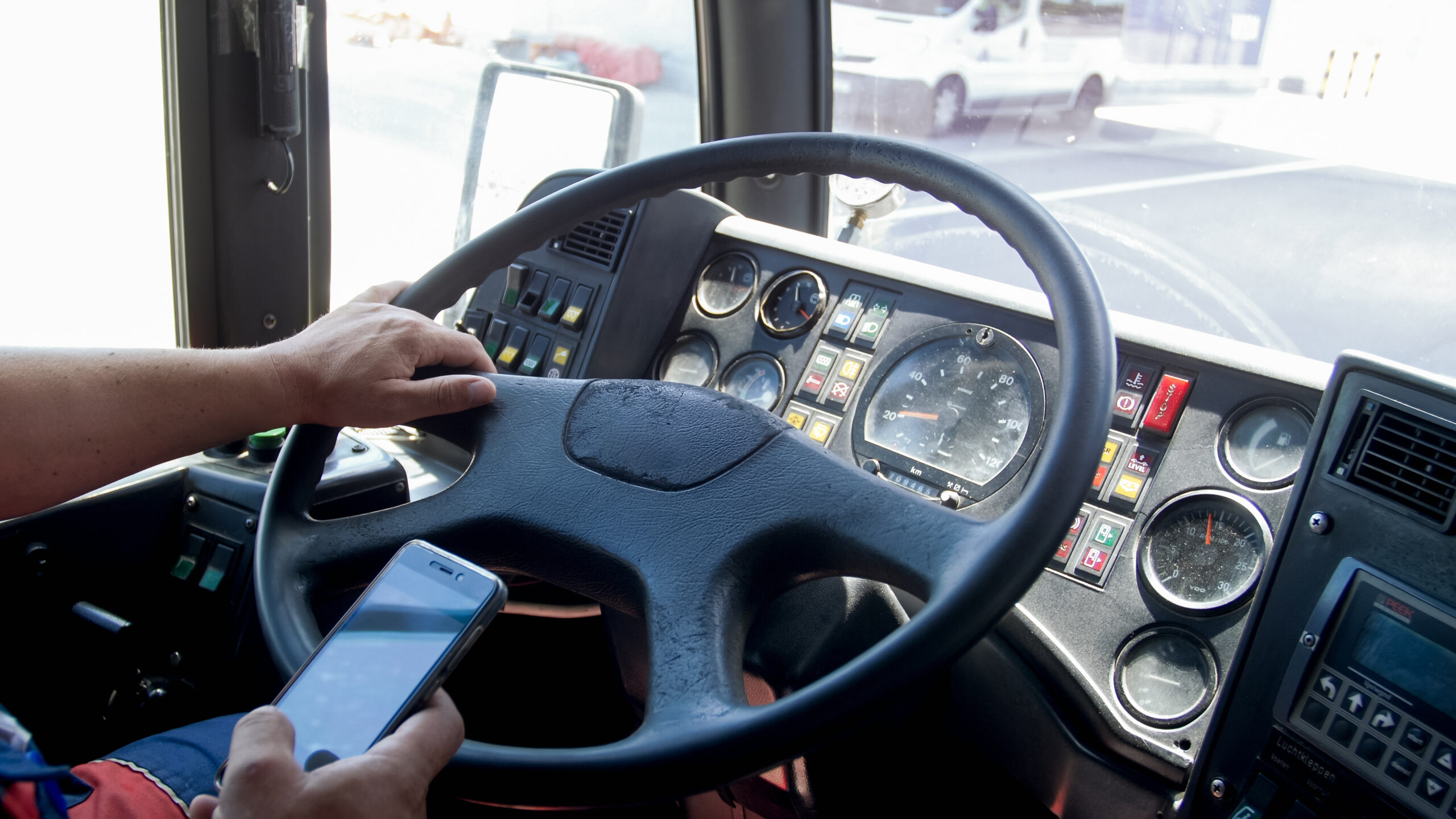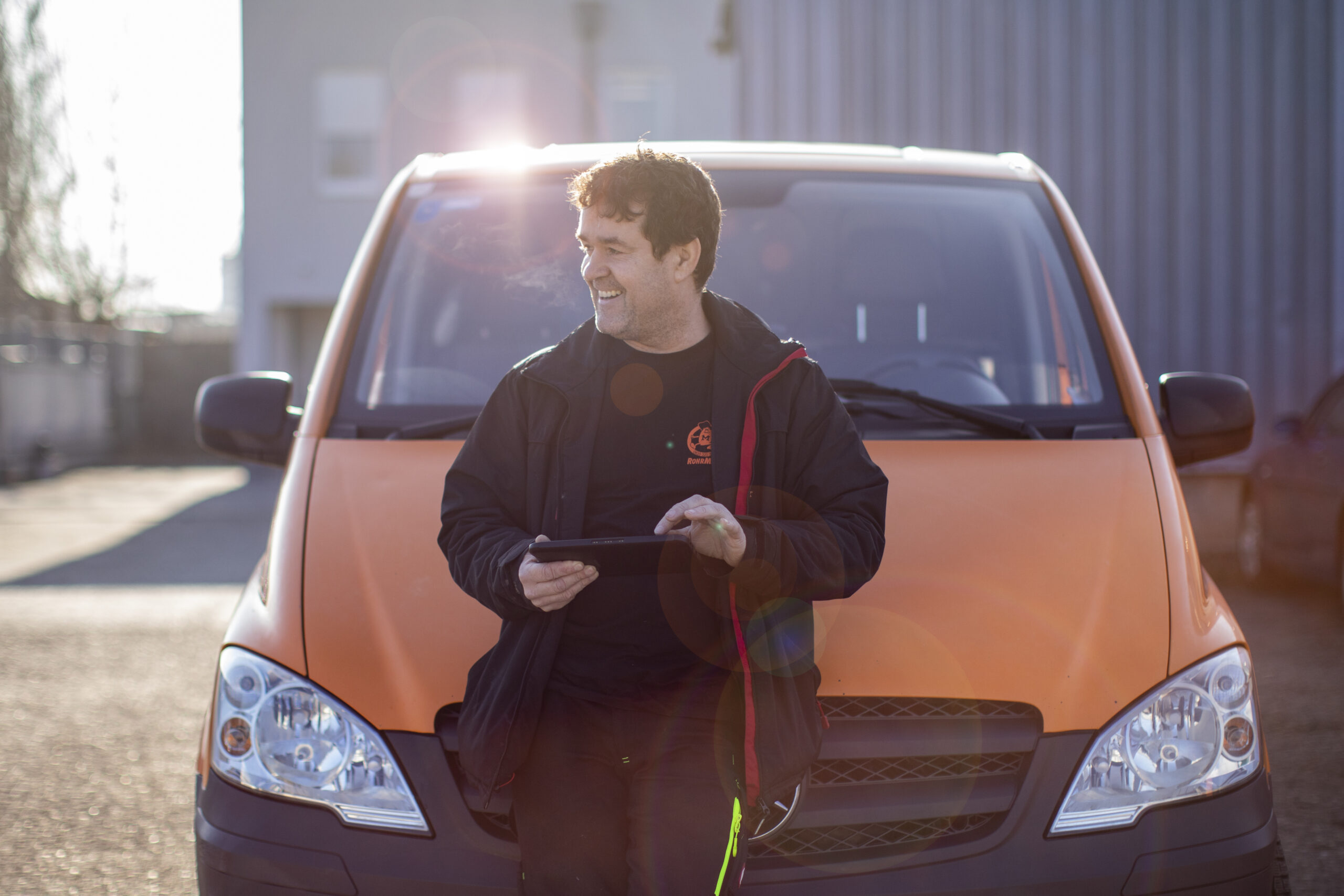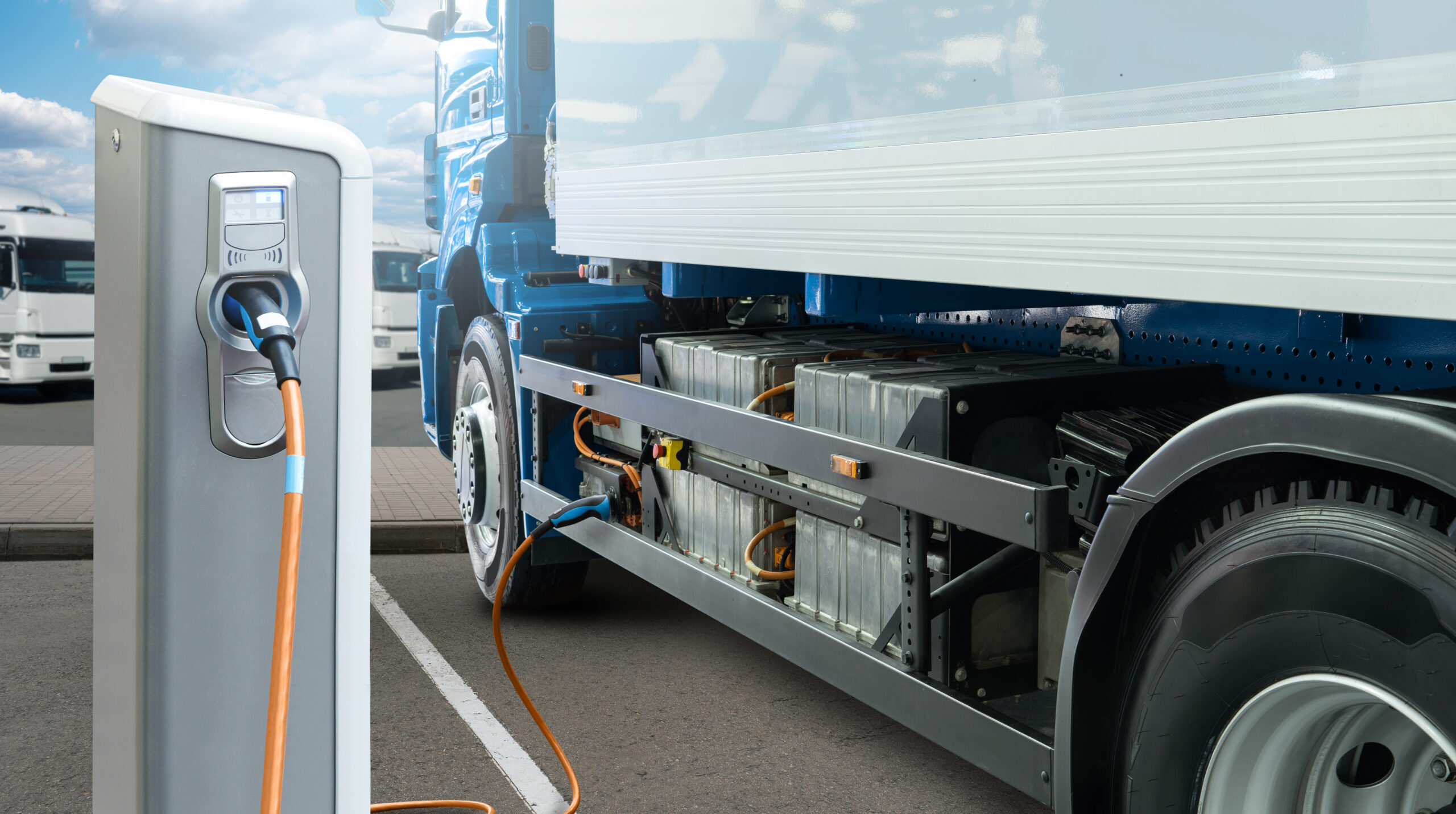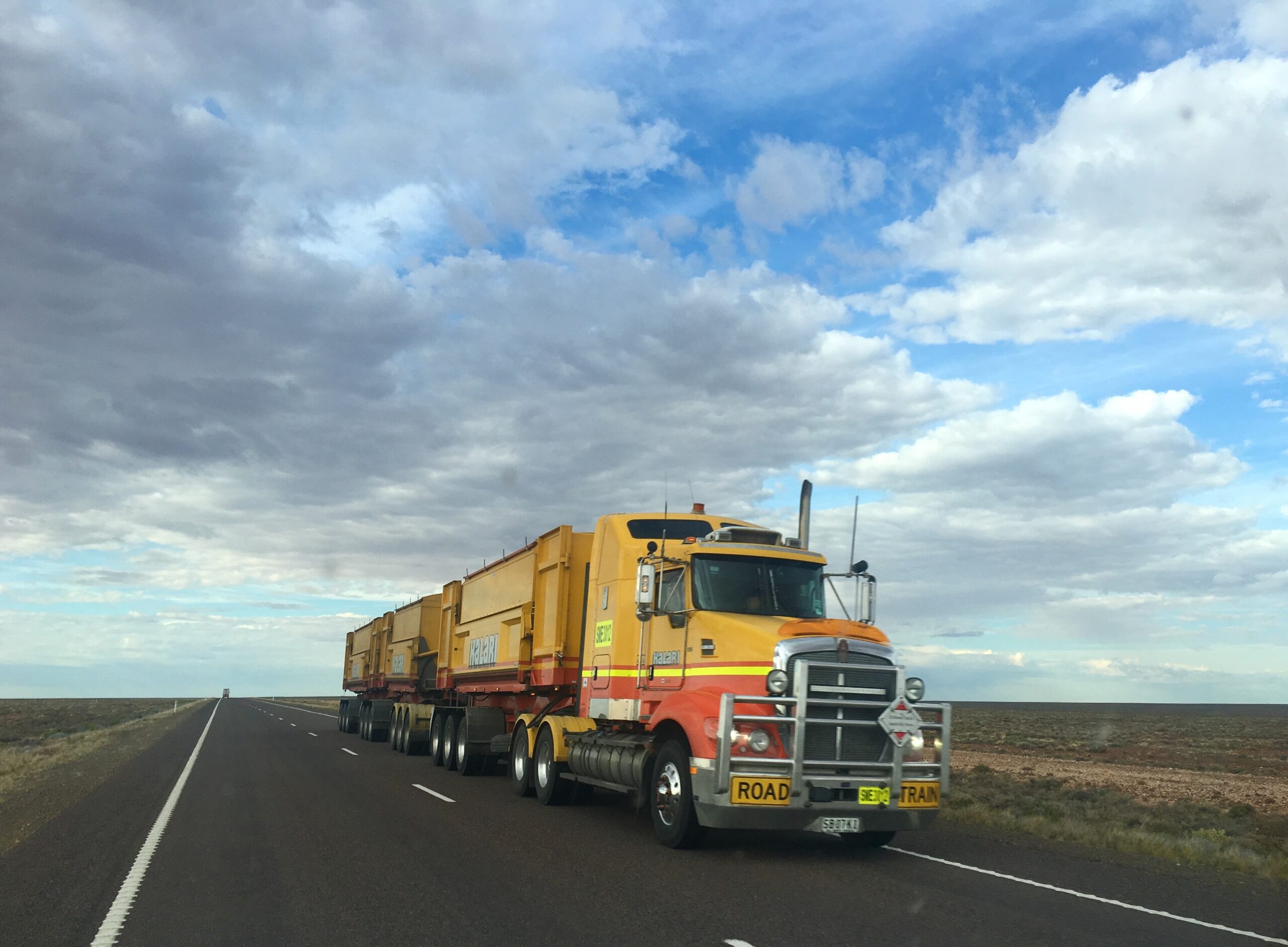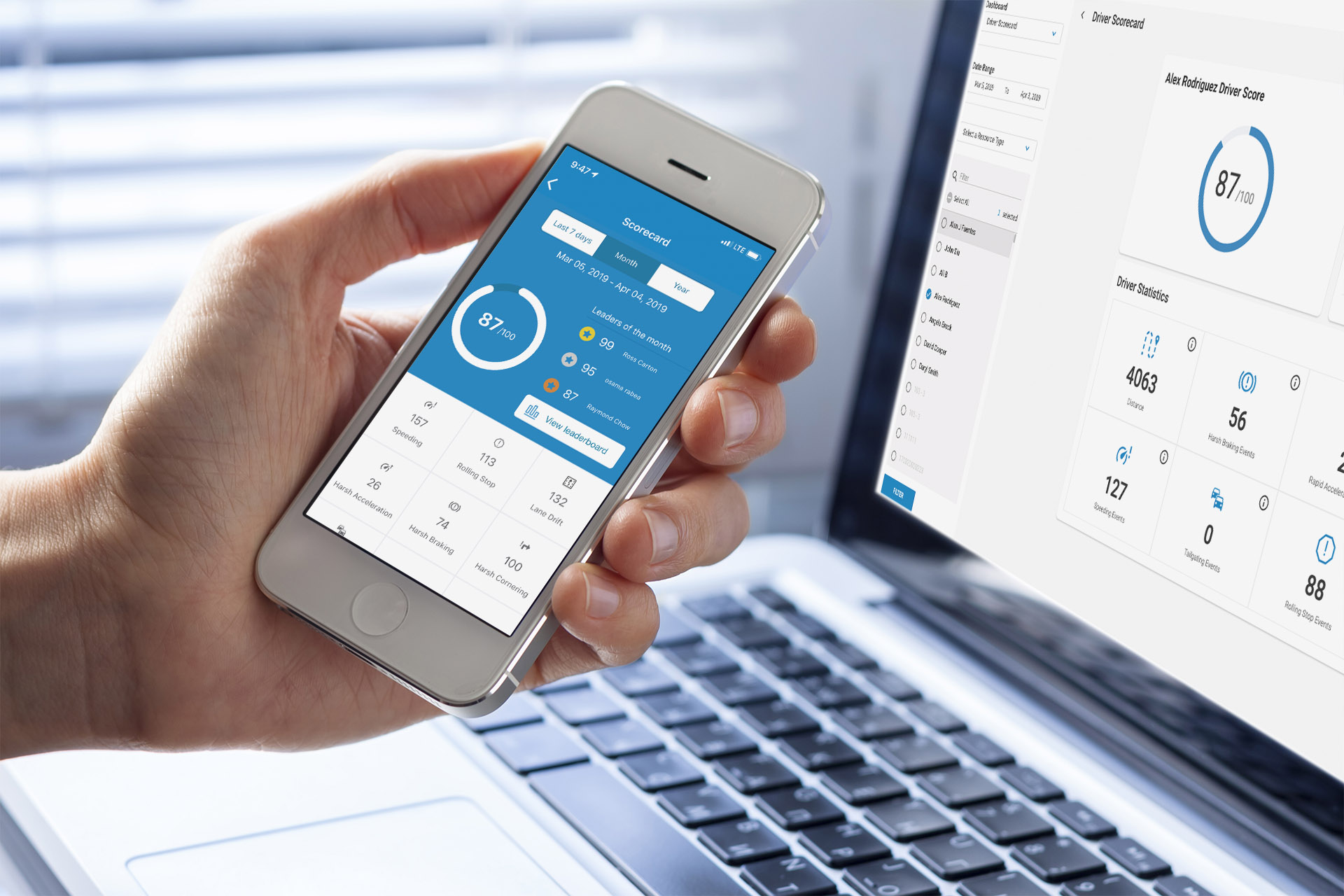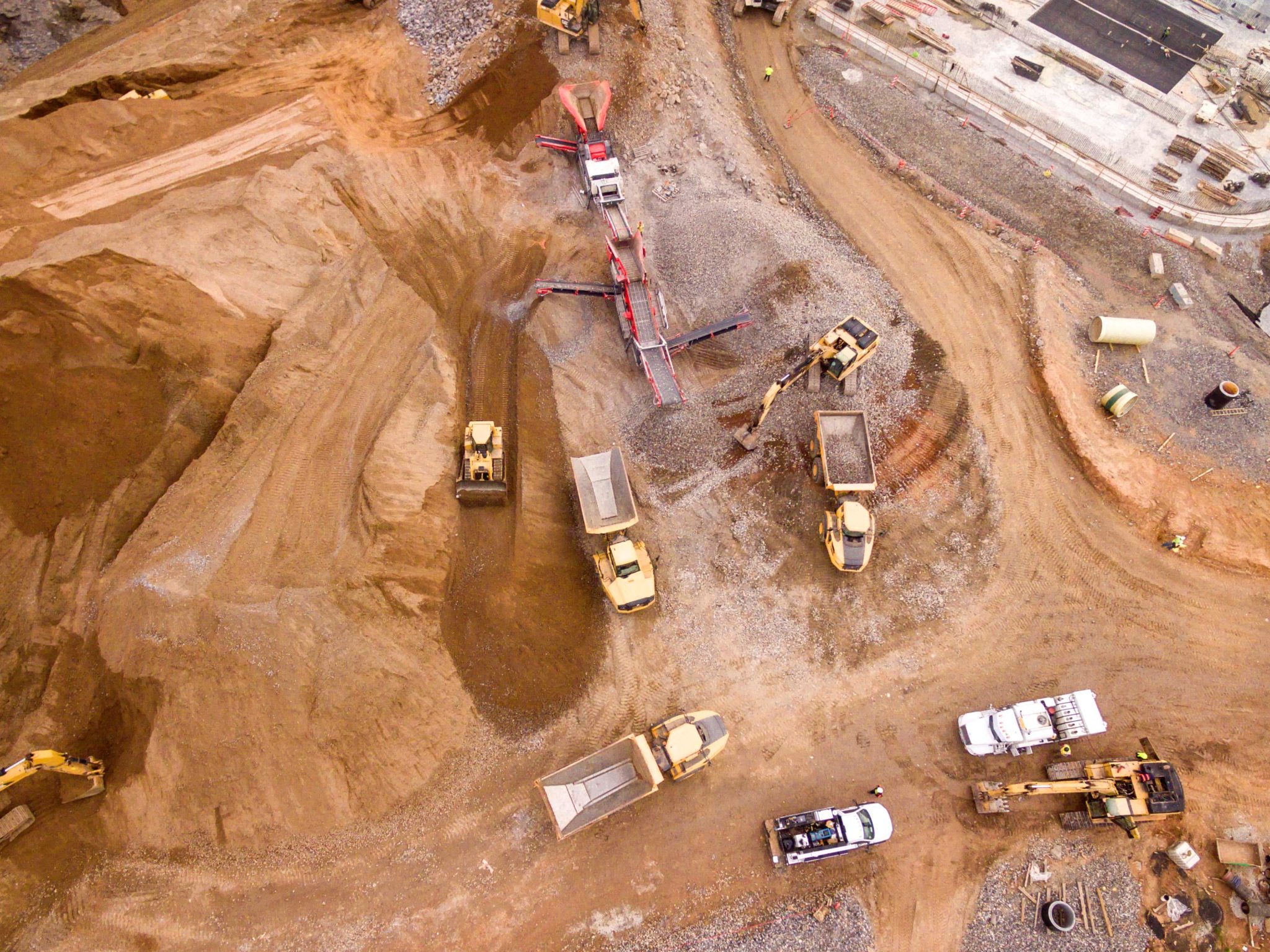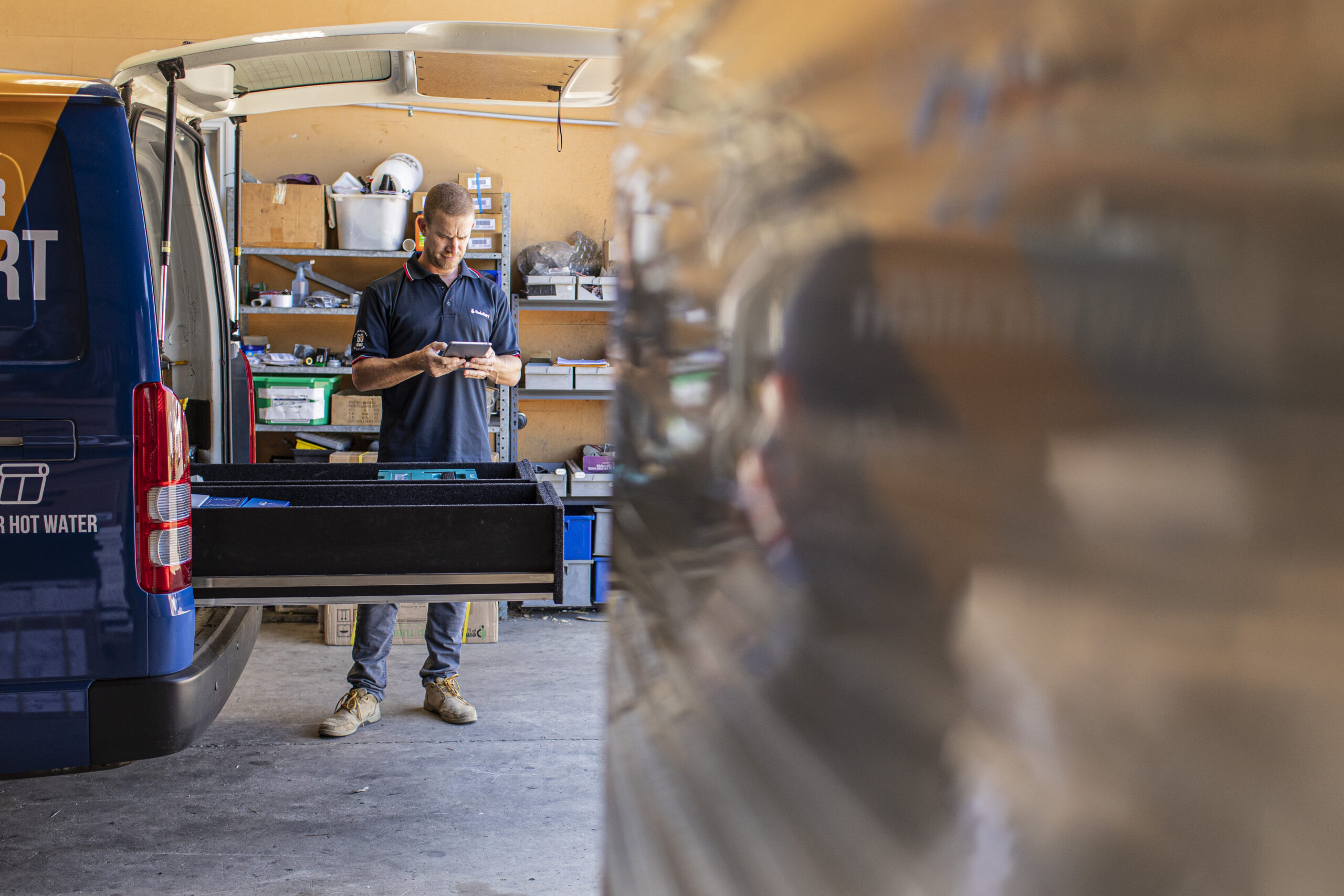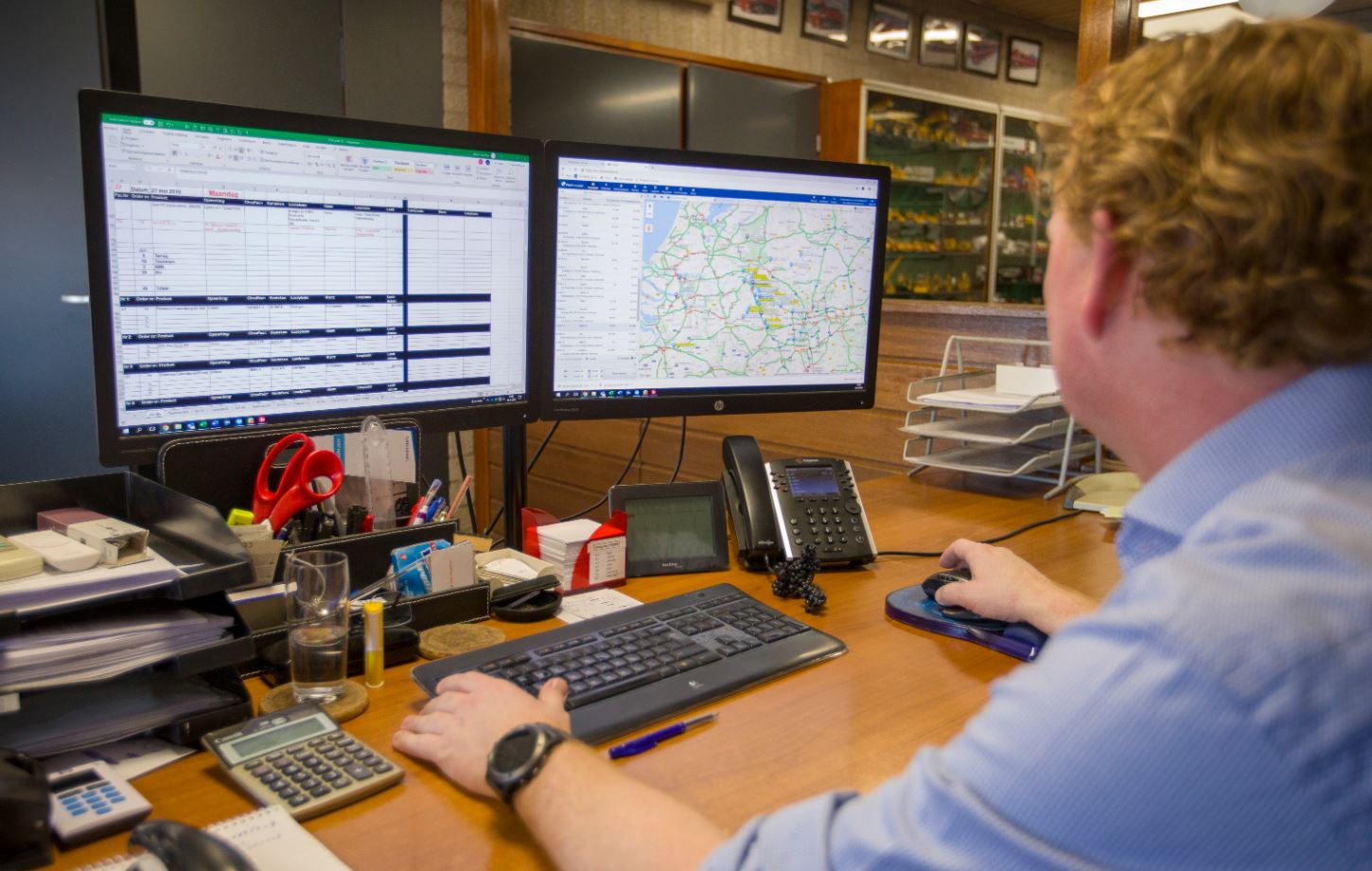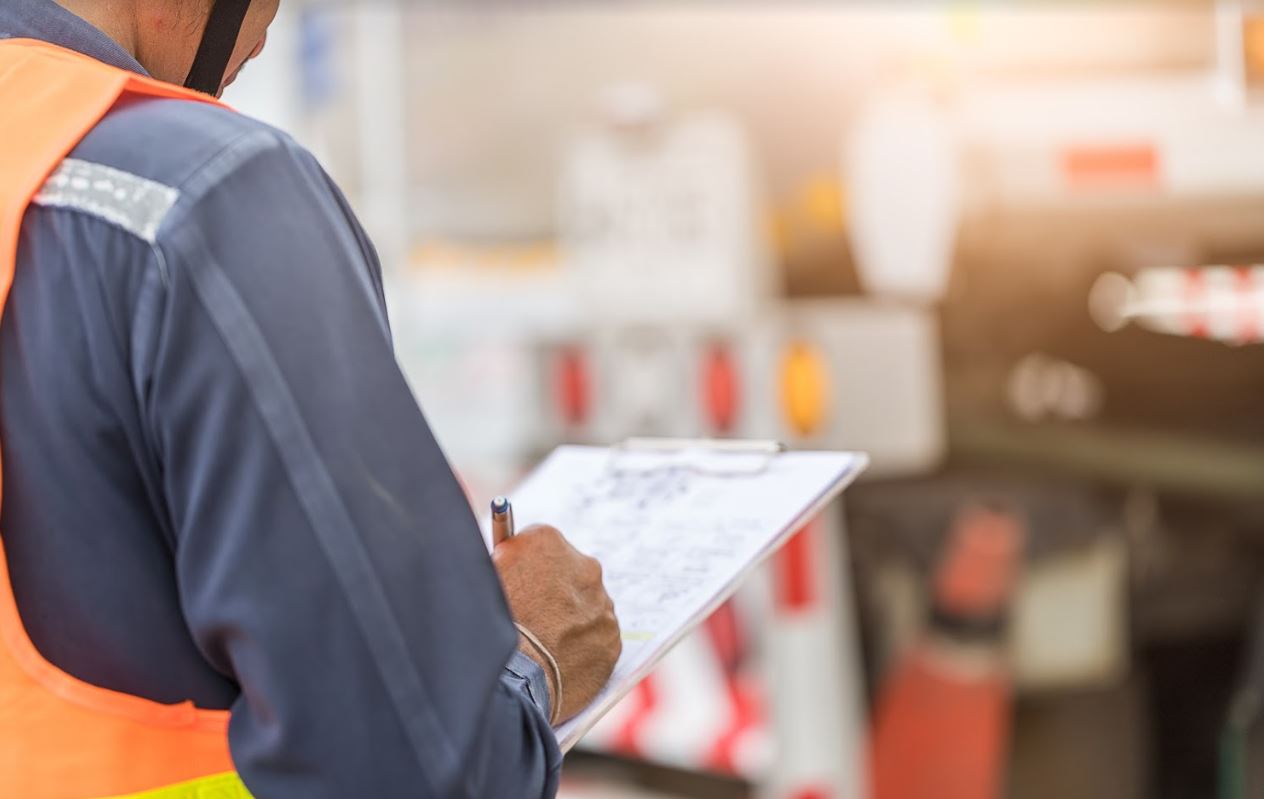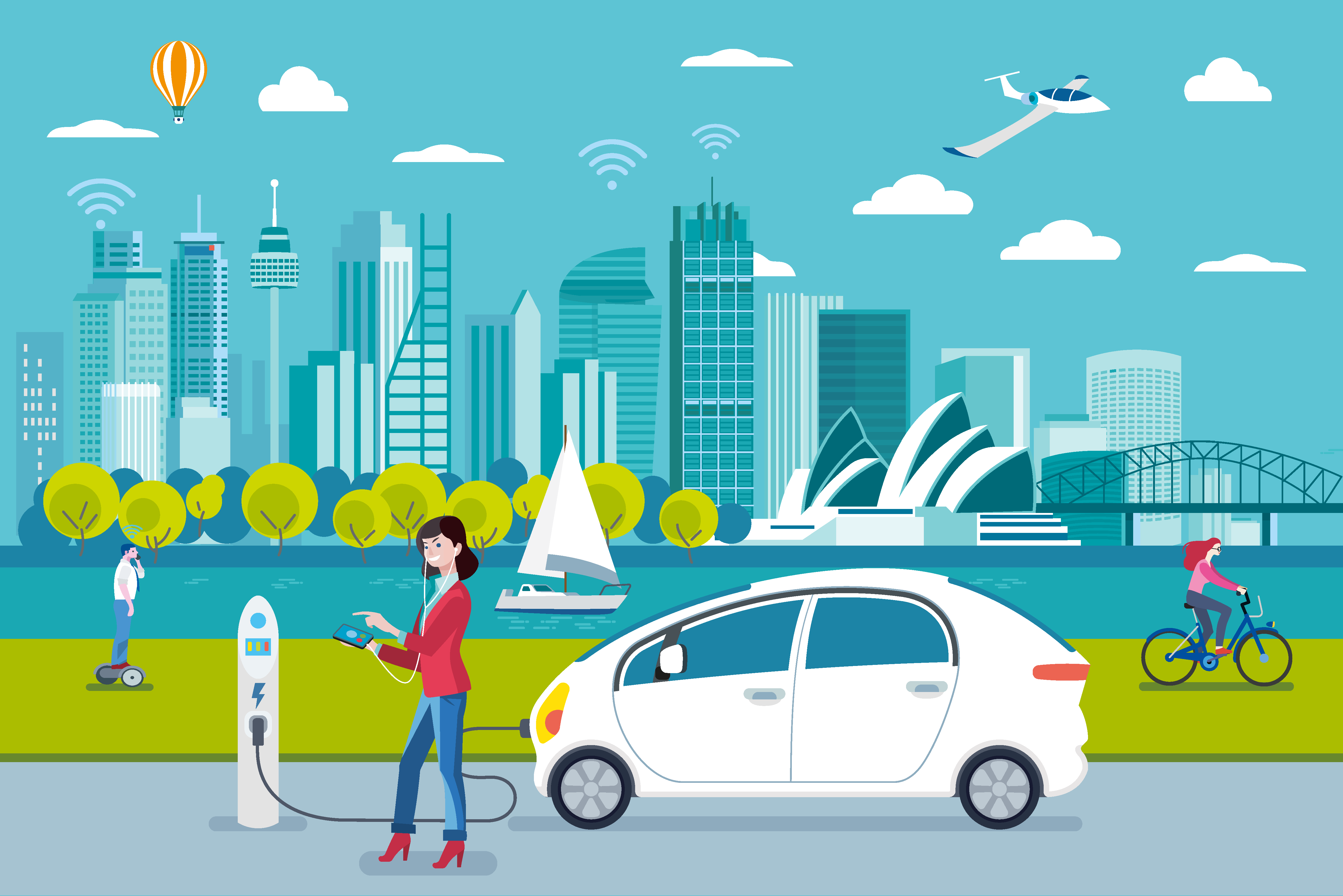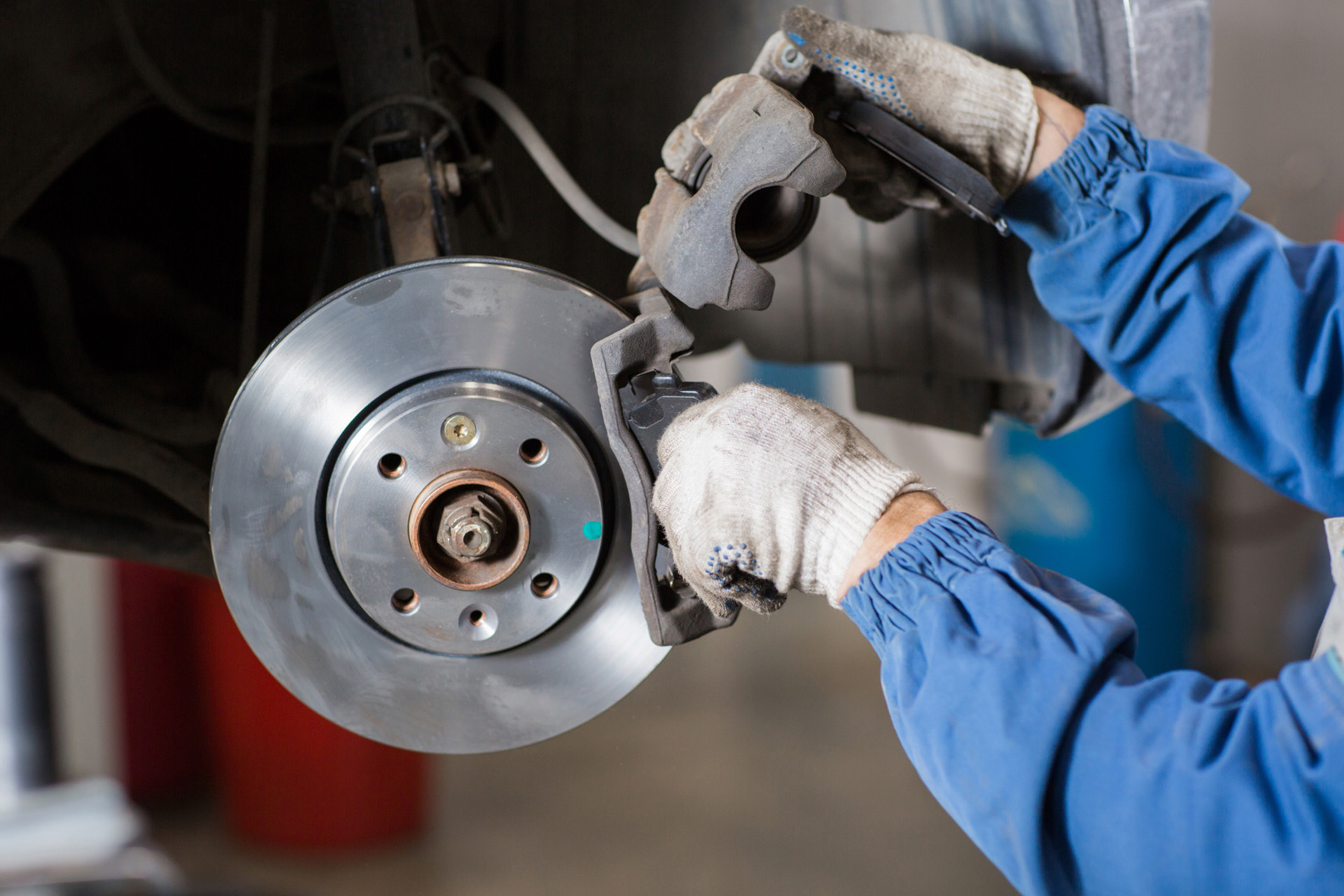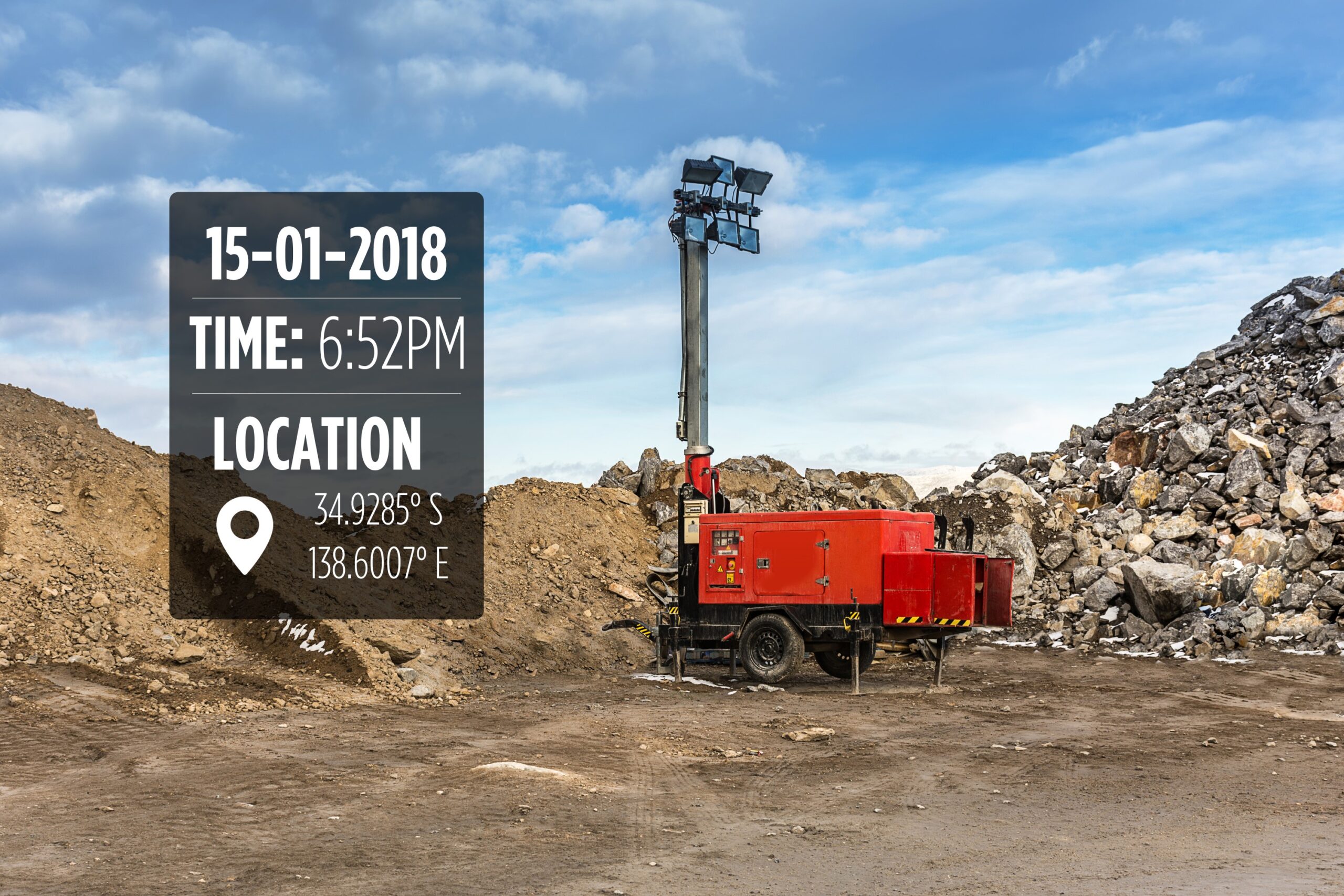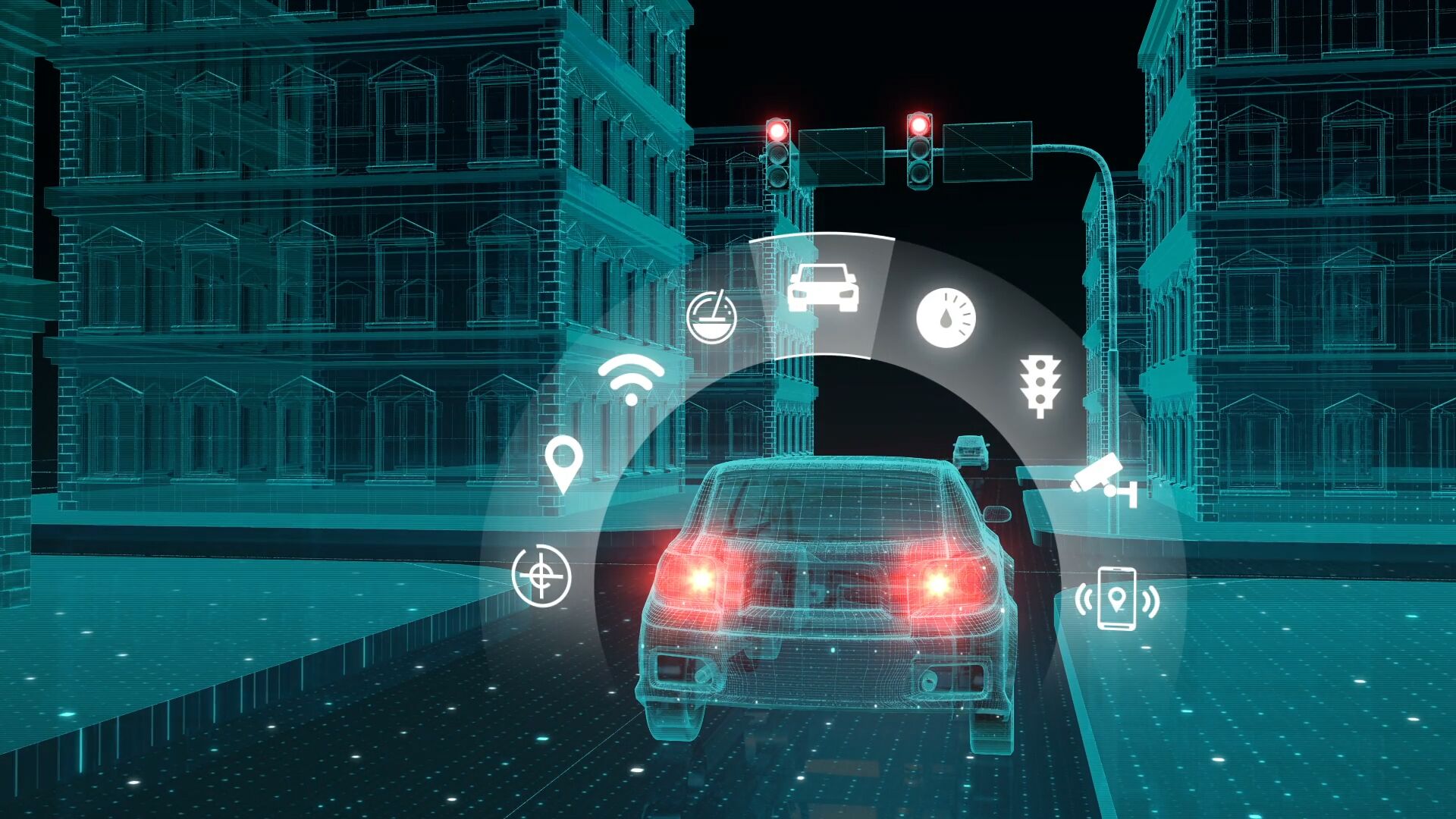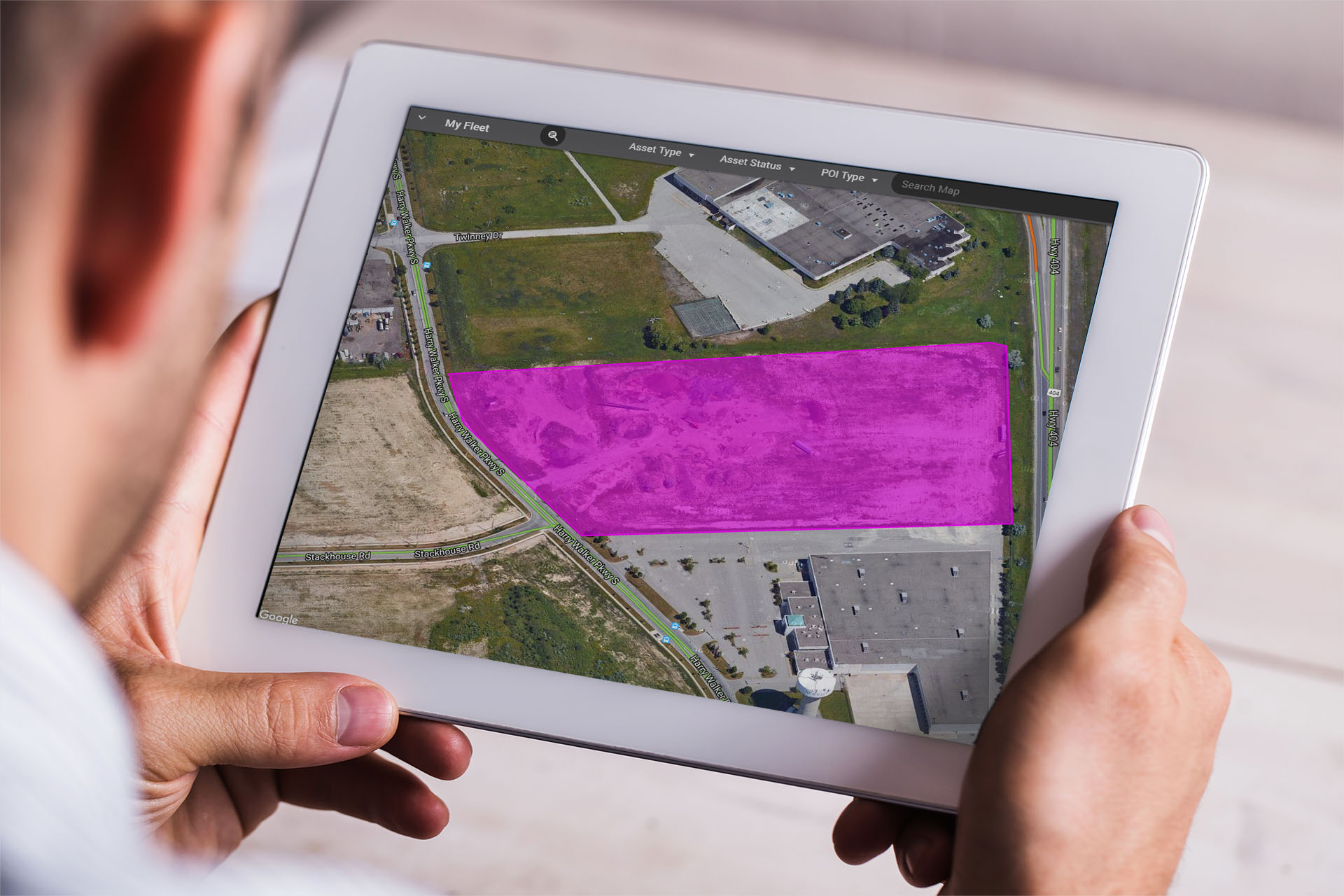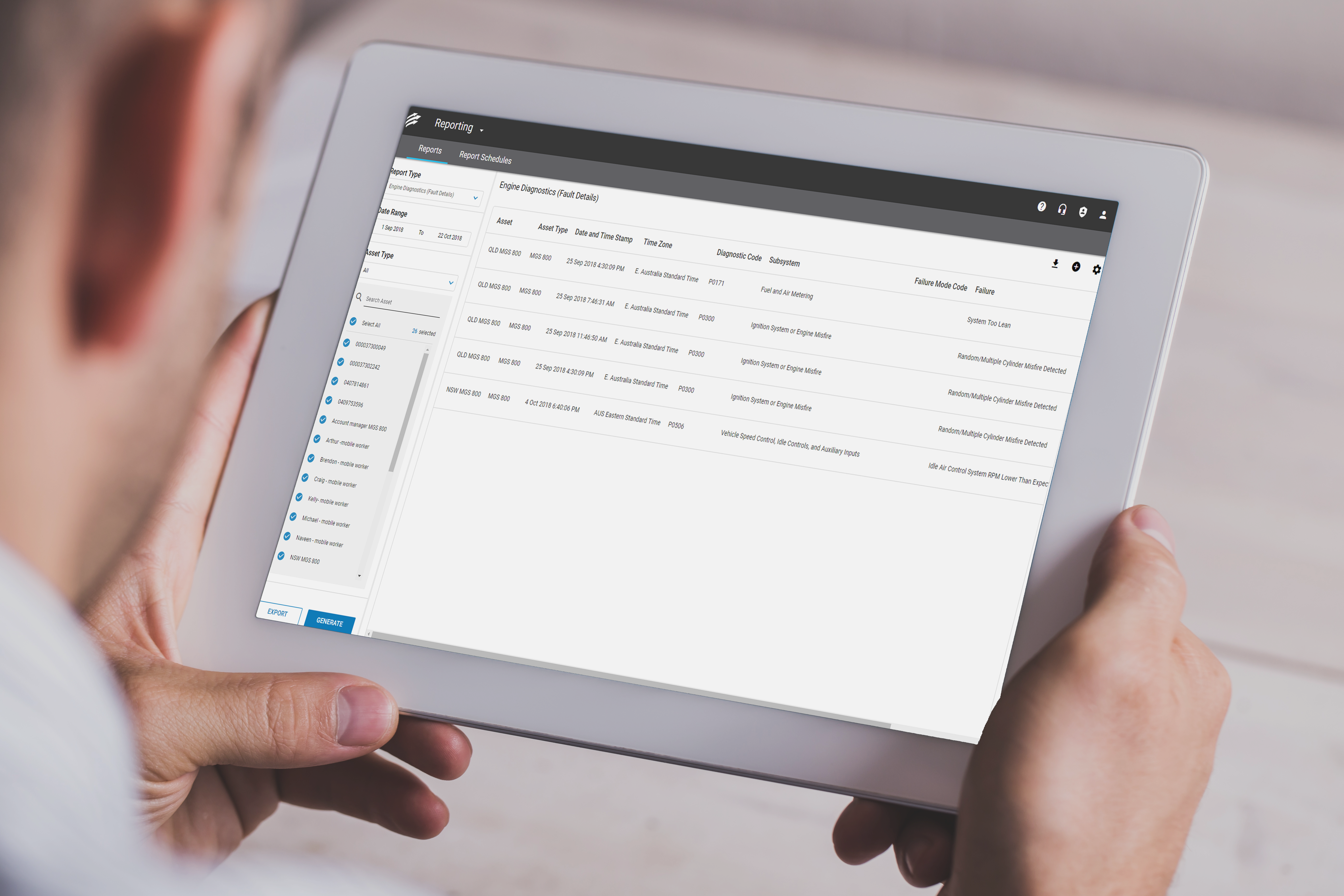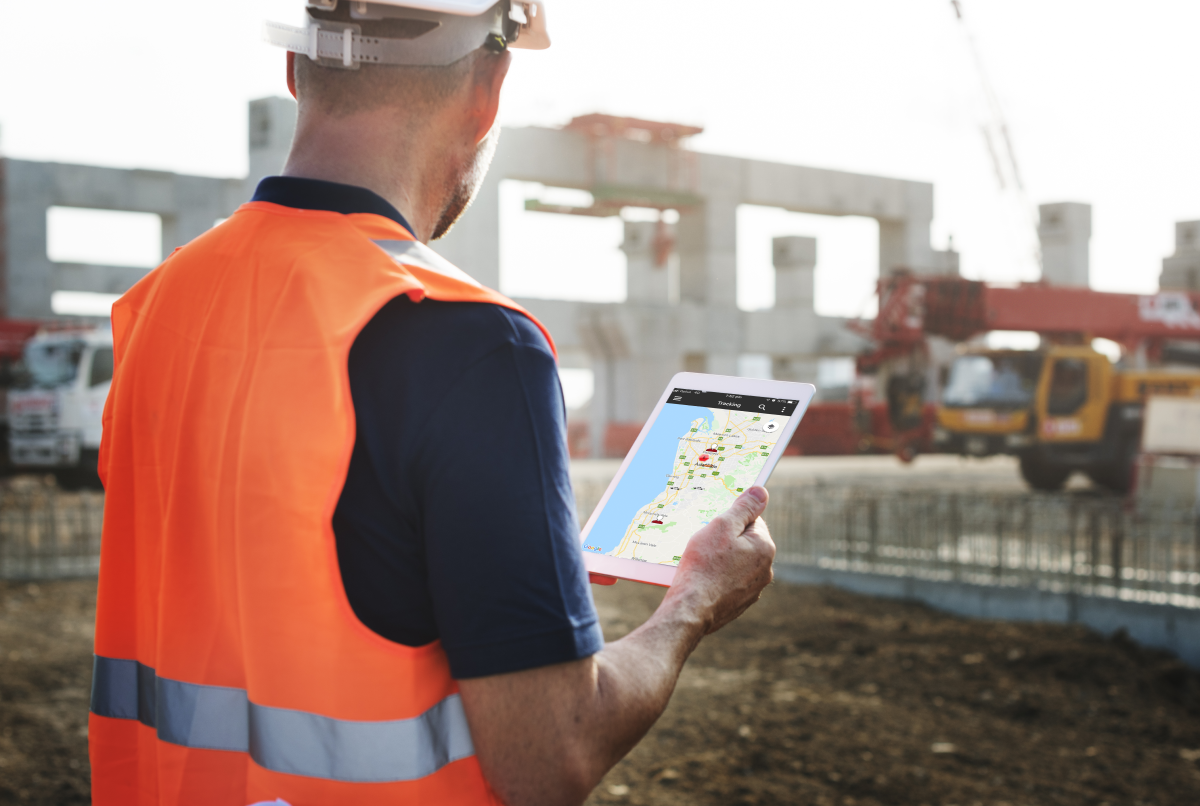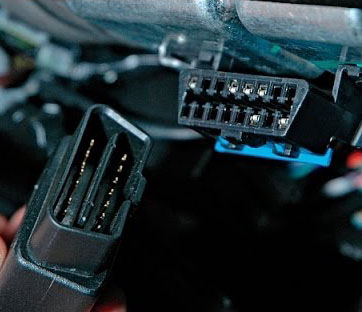Long gone are the days of roadmaps: GPS tracking can pinpoint our location in seconds and direct us exactly where we need to go. It can also show us the best route to take, the traffic conditions and if there are any diversions or road closures—and that’s just the tip of the iceberg.
In the space of a few short years, we’ve also been introduced to asset tracking, in-vehicle assistance, self-driving vehicles and IoT to name a few. These innovations are showing no sign of being fads. In fact, according to industry estimates, by 2040, it is predicted that four out of every 10 vehicles on the road will be autonomous.
Technology will continue to develop at an incredible rate. It’s up to fleet managers to keep the finger on the pulse of their industry if they want the competitive advantage. Each innovation opens up new opportunities for fleets in Australia. To help you stay ahead of the curve, here are 4 ways technology is shaping the future of fleet management.
1. In-Vehicle Assistance
The first sat navs were released in 1995, and over the past few years, they’ve come a long way: now, they come with state of the art display screens, real-time traffic updates and warning notifications that help drivers avoid problems.
Alongside sat navs, in-vehicle assistance includes built-in video displays that show the driver what’s going on outside the vehicle, parking assistance, and GPS dash cams—recording devices that visually document each journey for evidence during incidents and theft, or for driver training and feedback.
Technology continues to shape the way managers run their fleets, with innovations giving them more control than ever before. Many fleets now use in-vehicle assistance tools to help them improve driver safety. Here are some of the biggest benefits:
- Reduced fuel usage and lower carbon footprint due to better route planning
- Faster replacements delivered and received in the event of a breakdown thanks to real-time location tracking
- Reduced insurance costs due to safer driving practices and dashcams
- In-cab alerts to inform drivers of unsafe driving, reducing the risk of accidents and lowering fuel usage: according to truck buyers guide.gov.au, driving smoothly and carefully can lead to reductions in fuel consumption of 5-10% and in some cases as much as 30%.
2. Autonomous Vehicles
The Jetsons promised us flying cars in 2062, and while it doesn’t look like we’re there yet, autonomous vehicles are fast becoming a reality. And Australia is getting ready:
“In the last 12 to 18 months we have seen a lot more autonomous vehicles related activity at the state level, particularly from the infrastructure perspective. One such example includes the Queensland Government that developed its plans for mobility as a service which consider automation as an emerging technology,” says Praveen Thakur, a partner in KPMG’s Transport and Infrastructure practice.

We already have the technology in place: radars and cameras that help drivers navigate the road, autonomous emergency braking (AEB), and self-parking vehicles that make short work of parallel parking—and now Honda has revealed plans to mass-produce self-driving cars.
It’s only a matter of time before self-driving trucks become the norm. In fact, Volkswagen has teamed up with Aurora Innovation, which is aiming to launch commercial fleets of self-driving electric vehicles including vans and larger trucks.
Just think about the possibilities: the vehicle knows the best route to take and how to avoid bad traffic. Driving on Australia’s dangerous roads becomes considerably safer. Meanwhile, the driver can catch up with admin duties in the sleeper cab or take a rest to keep their Hours of Service in check.
3. Connected Vehicles
IoT has been making a buzz in Australia for a while now, and connected vehicle trials are taking place all over the country.
While autonomous or driverless vehicles use sensors and AI to read and navigate the environment, connected vehicles ‘talk’ to a network of other vehicles or devices. Private signals pass between vehicles, generating and collecting data that can be used for insights into how and when vehicles travel, making roads safer, helping managers save fuel and providing speed recommendations. In short, connected vehicle benefits are huge.
Even though IoT systems and AI aren’t currently widespread, we’ve already seen some of the benefits of a connected fleet. As the technology improves, managers will have access to increasing amounts of data that make it easier to cut costs, streamline their workflow and improve efficiency.
4. Integrated Workforces
Integrated workforce management systems are designed to monitor, manage and analyse the status and location of all assets in real-time thanks to tracking systems. They ensure all business applications, third-party services and fleet management software are collaboratively and seamlessly transmitting data and performing functions.
From a fleet manager’s perspective, this means they can have a tighter grip on all their assets—from vehicle locations to exact locations of goods and drivers. Moreover, it opens the door to greater efficiency: streamlined data, automated tasks and seamless information transfer across every person and asset. This means more control with less effort.
Blaze Ahead or Get Left Behind…
We are still discovering the possibilities of in-vehicle assistance, autonomous vehicles, IoT, integrated workforces and other tech. The learning curve will include mistakes along the way—but one thing’s for sure: fleet managers must embrace the benefits of new technology or get left behind.
Fleet management software already offers plenty of in-vehicle assistance, thanks to GPS tracking and in-cabin alerts. It’s also the best way to ensure you’re ready for autonomous vehicles, connected vehicles and integrated workforces.
Before investing, it’s important to do your research and choose fleet management tools that allow you to fully take advantage of the available tech. The best tools give fleet managers insights to optimise fleet performance, keep drivers safe and root out hidden issues—all of which can lead to a stronger bottom line.
If you’d like to learn more about next-generation fleet management software, get started today by trying out our Fleet Complete demo.






